In 1971, there was a single pair of osprey nesting on Martha’s Vineyard. Gus Ben David thought it might be because there was a lack of adequate nesting sites. So with the help of Buzz Blankenship and what was then Bell Telephone, he put up a pole at Mink Meadows. Now, 46 years later, there are 146 poles up around the Island and 90 pairs of nesting osprey.

Gus is nothing but thankful. “It is absolutely imperative that people understand that this would not have been possible without the unique combination of humanity we have working for the birds here — the electric companies, generous landowners, and a dedicated volunteer crew. I just can’t say enough about the line crews,” he says. “Thanks to all of these amazing people, we have the largest population of ospreys in New England.”
That said, he sighs, pushes retro 1970s wire rim glasses up his nose and considers his yard. There is a pond with two trumpeter swans, two mute swans, a flock of geese and two call ducks. On the far side of the pond, a pair of geese sit on a nest. Nearby lie several deer carcasses that he has laid out for the vultures, hawks and crows, along with some sort of feeding contraption filled with chicken heads. Then there are the pens with his pigeons and giant water tanks containing four large snapping turtles. There is a koi pond and an area for his box turtles.
A wing-flapping noise comes from a brown box in the back of his truck. “Oh, that’s my golden eagle Chameli,” Gus says. “I’ve had her since she was four months old. You have to wait until a bird imprints before you can take it from their parents. A bird that has not imprinted is dangerous. She is 35 years old. I haven’t flown her in four years. The last time I did a pair of redtail hawks attacked her and pinned her down to the ground. She’s an educational bird.” He reaches into the cage and strokes the eagle. “I’ve taken her into schools, everywhere. She is protected by the U.S. government. When she moults, I must send her feathers to them.”
Mention of the government takes Gus back briefly to his time in the armed services, “I volunteered in 1964. It was a tragic time in our history. I signed up with friends — Timothy Baird, Kenny DeBettencourt. I can’t even talk about it. I couldn’t wait to come back,” he says.
Gus grew up on the Vineyard, a third generation Island native, who with his uncle Augustus collaborated on the Gus ‘n’ Gus Wildlife Farm back in 1967. His father Arthur Ben David ran Ben David Motors and his grandfather Jules raised fancy poultry.
As a kid, Gus milked cows before school and had an egg route thanks to the Gus ‘n’ Gus laying hens. At age nine, he had his first redtail hawk. He found it in the state forest. “I took it and raised it. I have had redtails consecutively ever since. I’ve always got redtail here coming or going — to and from rehabilitation. Falconry is a way of life.”
He earned an associates degree in poultry science from the Stockbridge School of Agriculture at the University of Massachusetts, and in 1969 became the director of the Felix Neck Wildlife Sanctuary. It was his home for the next 36 years. He retired from the sanctuary in 2005, after which he moved just down the road and created the World of Reptiles and Bird Park, essentially in his back yard and front porch.
These days the park is not officially open but people still come by to see his collection of animals roaming the property. Gus runs a hand through wiry gray hair, shakes his head and walks into his basement. He points to a shrew in a glass tank. “These little guys are incredible. Don’t get bitten by one. These little guys here have venom. They can kill an animal as big as a rabbit.”
He then points to a merlin with a partially broken wing that someone has brought in. It is stressed and keeps flying at the walls of the cage. “You see it is a slippery slope here,” Gus begins. “Humans bring these injured animals and birds to me. The human milk of kindness. In nature, that bird would be dead. In nature, only the superlative live. Nature does not accept inferior animals. Kindness doesn’t exist. Almost every year I have people bring me young ospreys that have been abandoned, fallen out of the nest, whatever. Last year I raised three. But it is tricky. Is it really a good idea to interfere with nature this way?”
To illustrate the point further, he shows a large aerial photo of Oak Bluffs and Edgartown from 1952. The photo shows nothing but trees. “You see this. When I was growing up, it was all woods from Oak Bluffs to here. Just an unbelievable amount of houses now. Unimaginable then that this would all be here.”
He wanders deeper into his basement to check on his two African bullfrogs, four snakes (an Asiatic rat snake, a bull snake, an albino corn snake and a black rat snake). “I don’t believe in anthropomorphizing animals,” he says. “I don’t name my animals [Chameli is the exception]. I ask the questions. Are they comfortable? What is their stress level? The biggest issue with animals in captivity is obesity. People tend to overfeed their animals. The turtles for example. At this time of year, their bodies have slowed way down. When the water warms up, then I start to feed them.”
He checks the time. “Okay, time to head to Chappy to check on the birds.”
Gus walks to his silver truck, with The Osprey Project written on the side. “Check this out. This is my latest invention. It’s a new way to put up a pole in a marshy or wetland area,” he enthuses. A detailed explanation follows of the newfound contraption. “And one man can do it! I used to . . . be digging all day. This is revolutionizing the way we can work.”
As he slides into his truck, he remembers something. “I mentioned the line crews and my dedicated volunteer crew, but I could also not do this without the support of a few special people who fund my work and the equipment.”
He pulls out of the driveway and passes the entrance road to Felix Neck.
“It took me almost a year to not drive home and turn in there,” he says, recalling his retirement from the sanctuary. “Thirty-six years and four months . . . When we first moved to Felix Neck, we didn’t have electricity. We built the house in 1971. I raised my kids there. It was incredible. Three hundred and sixty acres. You know the yellow trail? That was the trail my kids used to walk from our house out to the road to wait for the school bus. It’s about half a mile. I don’t think they’d let me have my four young kids doing that these days. So much change.”
As he drives onto the Chappy ferry, Gus notes the extreme high tide. “Wow. We’ll see if we can get out to the poles at Wasque.” During the short crossing, he points to several osprey poles that he’s put up around the Edgartown Harbor.
“See that one there. That is a speculation pole. No pair has chosen to make a nest there. It’s incredible. I put up poles in some spots that seem like ideal conditions for a nest and I get nothing. There are so many variables. Temperaments are different. I mean there is this one pair of birds at Felix Neck that is completely fine with people and I thought they wouldn’t mind another nest near them. Well, this pair and their offspring have all been incredibly territorial. No pair will go near that speculation pole. They get attacked if they do. When it comes to these birds, there are very few definites.”
Osprey on the Vineyard and elsewhere saw a deep decline in their numbers due to the widespread use of dichlorodiphenyltrichloroethane (DDT) in the 1950s and 1960s, an insecticide that caused the thinning of their eggshells. Towns on Martha’s Vineyard stopped applying DDT in 1958 and its use was banned elsewhere in 1972. But still the osprey population did not return to the Vineyard; there were only two breeding pairs on the Island in the late 1960s. Then Gus had a conversation with a utility worker, who told him that osprey nests were often removed from power lines to protect the power supply. That’s when the Osprey Project was born, and with the help of so many volunteers erecting poles the species rebounded on the Island.
Gus drives to The Trustees of Reservations station at Mytoi and checks in with Tony Lima, a Trustees of Reservations ranger, and Chris Matute, one of the GSI Pacific crew members who are working to detonate old bombs. Gus continues to expound on the osprey puzzle.
“Some ospreys are major builders,” he says. “They build these giant, deep nests that could hold up in a gale. Others build these shallow things that blow away with the first big gust of wind in the fall. And, they’ll come back and build another shallow one, in the same spot the next year. It’s incredible. The other thing that is amazing is that their fidelity is to the nest site. Not to a certain bird. When they fly south, they might not even go to the same place with their partner from here. But when they come back, it is to that certain nest.”
Tony and Chris say it’s fine to drive out to Wasque — no demolition out there today — but both warn that the tide is high. Gus nods. Chris peers into Chameli’s cage and admires her but keeps his distance. Gus laughs. “So you are fine with bombs, but not birds?” Chris laughs. “Yes.”
As Gus lets air out of his tires by the Dike Bridge, Woody Filley who has just finished a run, comes over to greet him. They catch up and talk about the oystercatchers, the extreme high tide and admire one of Gus’s new marsh poles.
He drives toward the first pole — the one he calls the Dick Jennings memorial pole. “Dick helps me count and check on all the birds,” he says. “Isn’t it beautiful over here?”
He is pleased to find several poles already in use. He gets out of his truck to take a closer look. A cold wind and generous blasts of sand whip at him, but he is so focused on the nest and pole that he is oblivious to the elements. He points. “See these sticks on the ground around the nest? They will not pick these ones back up. They go get more from somewhere else.”
He shakes his head. Another confounding osprey character trait.
The inspection continues. Gus is pleased with his poles, happy to see so much wildlife and mindful of the high tide. He spots several large white eggs on the sand. “Canada goose eggs,” he says. “They probably got washed away with the tide. Well, it’s early enough in the season for the female to have another clutch. It’s dynamic out here isn’t it?”
On the return trip to the ferry, he spies an osprey in the sky. “Don’t they just lift your spirits?” he marvels.
Back home, Gus goes into his man cave, in fact a duck blind reminiscent of one he built for Felix Neck years ago. But this one is filled with mementos — photos, skeletons, eggshells, framed quotes of people like Aldous Huxley and Celeste Holm and framed letters, including a thank-you note from Jacqueline Onassis for showing her children around.
“Everything I do is to teach young people,” he says.
One special young person he is teaching now is his grandson Noah, age seven and in first grade at the Edgartown School. Gus picks him up from school twice a week. “My protégé,” he calls him.
Noah especially likes his grandfather’s turtle collection and knows how to hold and care for the animals. Noah announces that he recently caught 19 yellow perch. More than his father or grandfather. “Oh,” his grandfather says, “I was just there to watch and enjoy the scene.”
Tomorrow they will go off Island with Noah’s dad to buy a truckload of supplies for the animals. Gus sighs. “The care for these animals. It just goes on and on. Nature doesn’t stop.”
Augustus Ben David 2nd
Age: 74
Profession: Founder of Felix Neck Wildlife Sanctuary, Founder, Osprey Project, Former proprietor, World of Reptiles.
From: Oak Bluffs
Lives in: Edgartown
Education: Was in the third class at the Martha’s Vineyard Regional High School, Stockbridge School of Agriculture, studied poultry science.
Served: U.S. military, special nuclear weapon transportation unit in North Carolina.
Wife: Deborah Ben David
Children: Heidi, Phaedra, Brant, Shane.
Grandchildren: 14

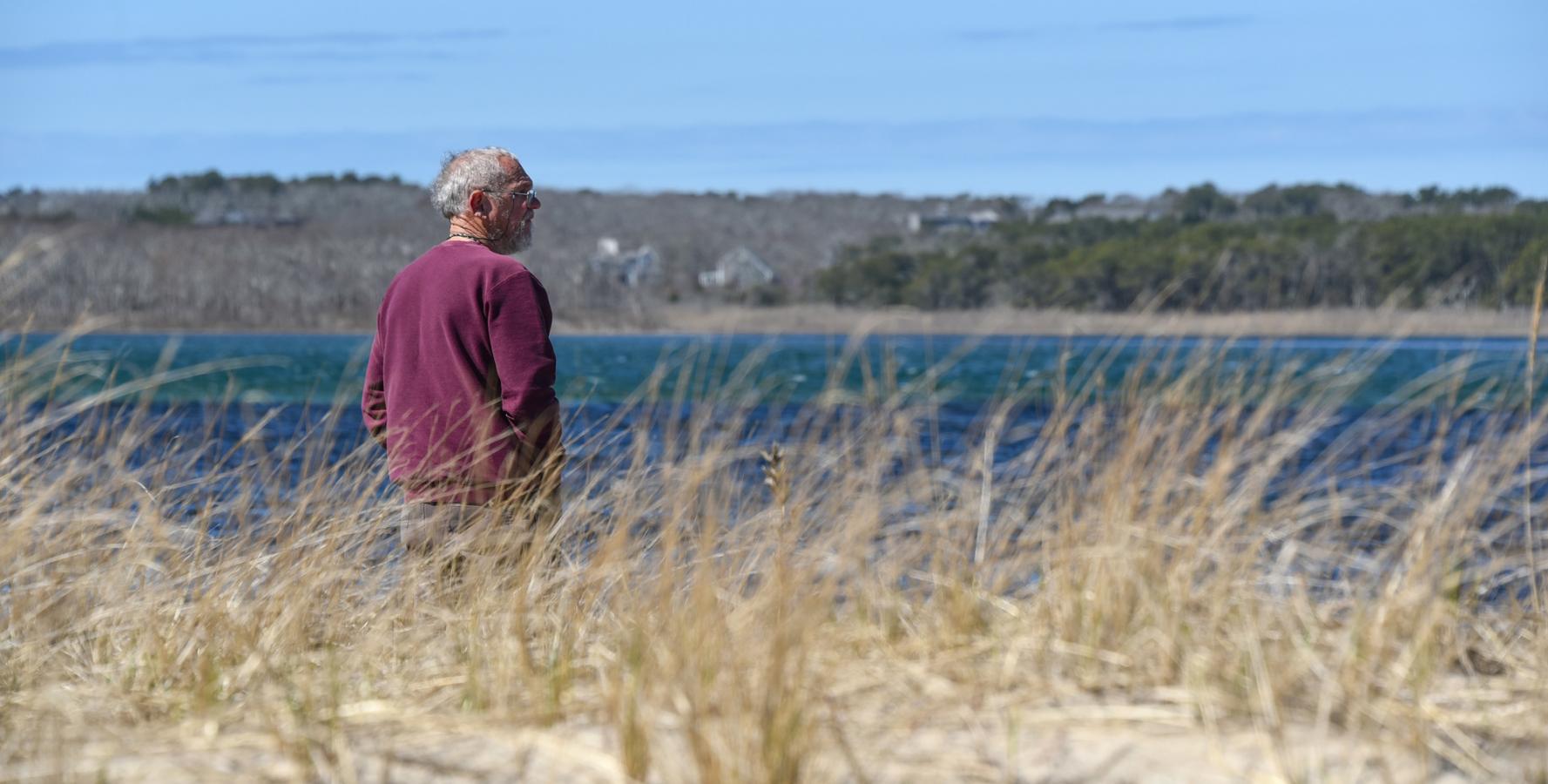

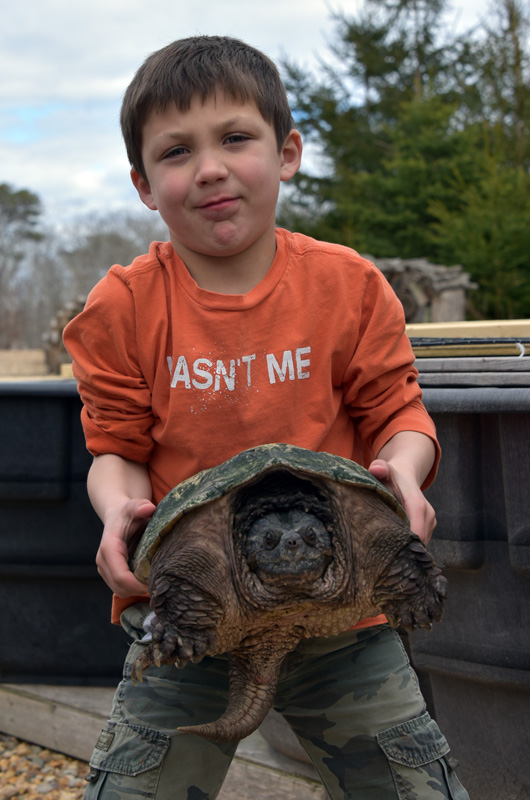
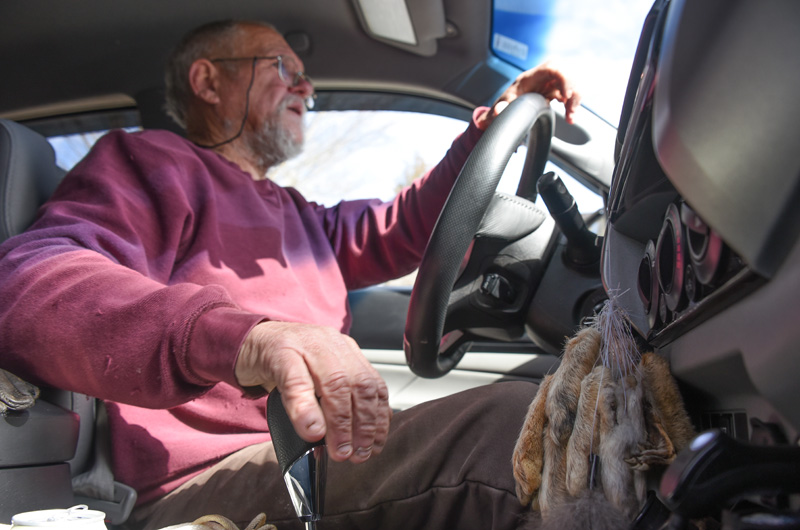

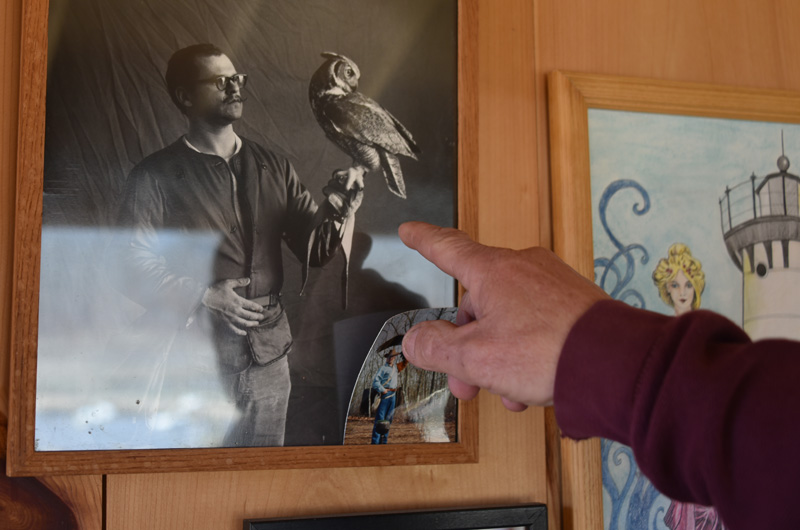
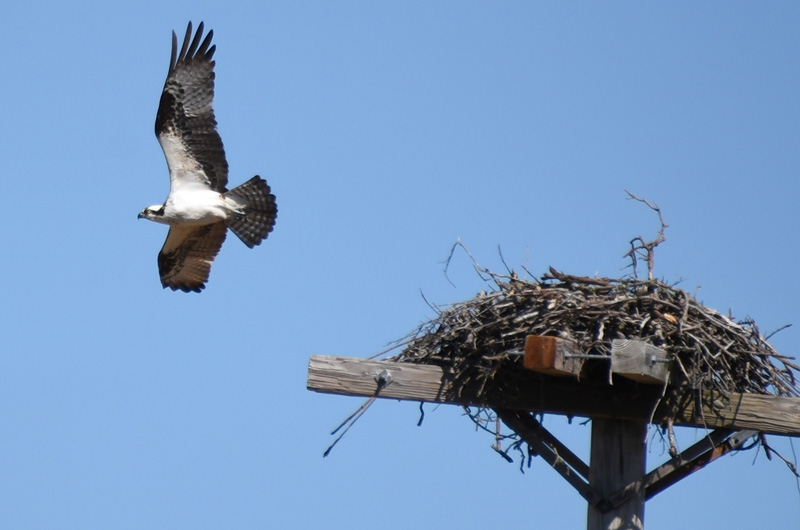





Comments (15)
Comments
Comment policy »